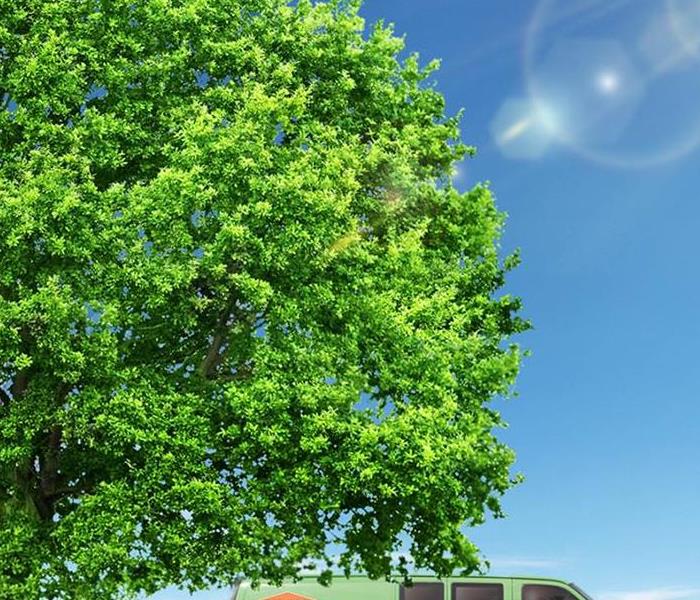Secondary Water Damage: What Is it and Why Is it Treated so Seriously?
4/23/2019 (Permalink)
When your building is affected by water damage, you should always retain the help of an experienced local restoration team. This is especially the case if dealing with secondary damage or, in the worst-case scenario, tertiary water damage.
Some factors that play into a water categorization include the following:
- How long the water has been allowed to sit
- Where the water originated
- What contaminants might be in the water
- Whether or not initial damage was remediated in a proper manner
- Whether or not black mold is present
What Is Secondary Water Damage?
This type of water damage is damage that was not reacted to in a swift and effective manner. It may also be damage that arises from water of unknown origins. This type of water damage is categorized as such mainly because the extent of contamination and therefore potential hazardousness is unknown. Additionally, this type of damage goes beyond wet walls and wet carpet. It typically affects the structure of the building as well, and may include the following types of issues:
- Rotted drywall
- Buckling hardwood floors
- Peeling vinyl
- Black mold or mold spores
Each of these issues is the result of both the water itself and high humidity.
What Causes Secondary Water Damage?
The cause of this type of water damage is easy enough to pinpoint: poor reaction time. Any type of water damage, no matter how seemingly insignificant, needs to be dealt with immediately. Failure to react in a timely or effective fashion can result in the aforementioned issues, not to mention costly structural issues or liability concerns.
You can prevent secondary issues that arise from water perils, such as black mold by taking action as soon as you notice a water issue. Your Chambersburg water remediation team is ready and willing to help. All you have to do is place the call.






 24/7 Emergency Service
24/7 Emergency Service
